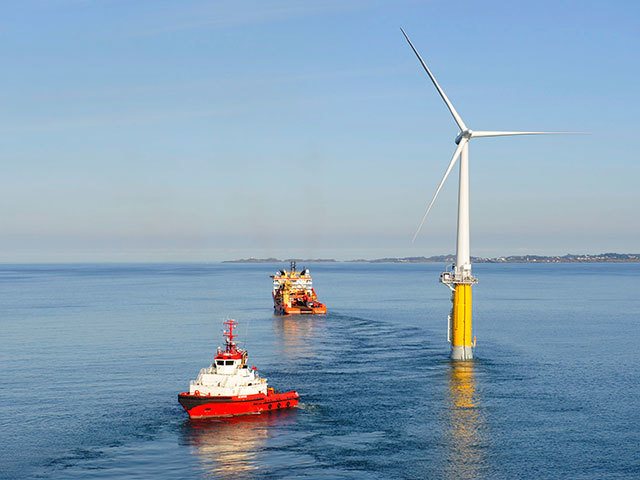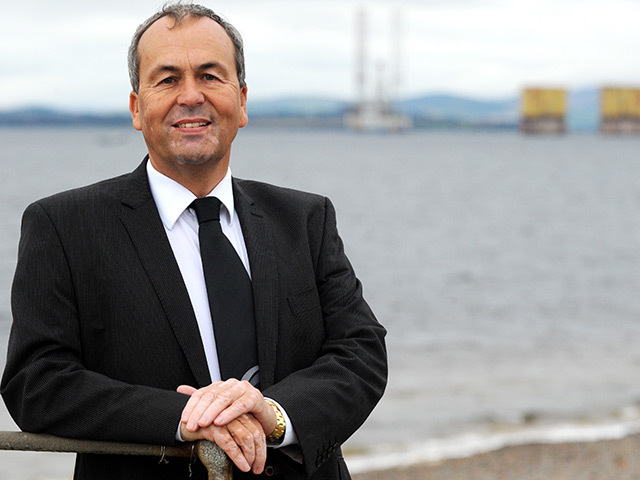
Offshore moorings specialist MacGregor, has won an order for substructure connection mooring systems for Statoil’s Hywind pilot park off the north east Scotland coast.
MacGregor, part the Finland headquartered Cargotec group, will be responsible for the delivery of the Pusnes substructure mooring connection system for the pilot project’s five floating wind turbines.
Delivery of equipment is planned from the second through the fourth quarter of 2016 and installation of the wind turbines is scheduled for 2017.
Sales director Jan Martin Grindheim said: “This contract represents a step change for MacGregor in terms of entering a new industry sector.
“The project hinges on applying proven technology in new applications. MacGregor was chosen for the task because of its long history of designing and delivering very reliable mooring solutions for offshore floating production units for the harsh conditions in the North Sea.”
MacGregor, has offices in Aberdeen and Norway, will deliver five sets of Pusnes substructure mooring connection systems including instrumentation for load monitoring. The ballast-stabilised turbine structures will each be equipped with a three-point mooring system employing site-specific anchors.
Statoil’s senior vice president for Offshore Wind, Stephen Bull, said: “We are excited that high quality oil and gas suppliers in both Norway and Scotland are able to capture the growing opportunities offered through new renewables growth.”
Statoil’s floating offshore wind farm will be located approximately 25km off Peterhead, in Aberdeenshire.
The 6MW wind turbines will provide enough electricity for 20,000 UK homes. They will operate in waters over 100m deep, that experience an average wave height of 1.8m.
The Hywind project is part of Statoil’s activities in New Energy Solutions, the company’s business area developing profitable renewable energy and low carbon solutions.
It is designed to demonstrate cost-efficient solutions that will enable the commercial capture of wind energy in deep-water environments.
Statoil says that the technology to be used in the project has been tested for six years with excellent results in a demonstration project off the coast of Norway.
Recommended for you
